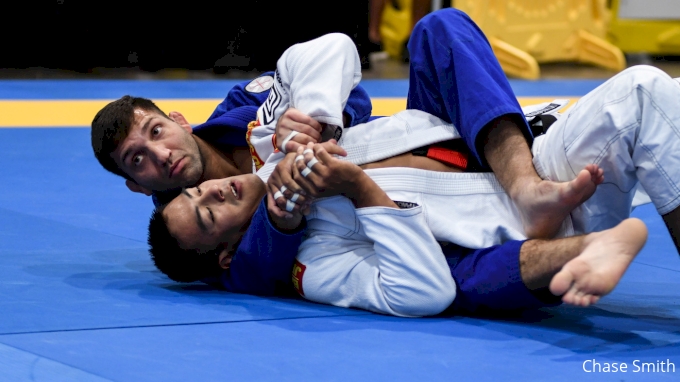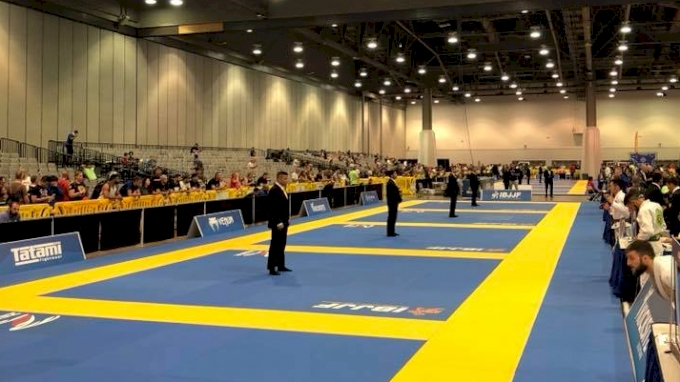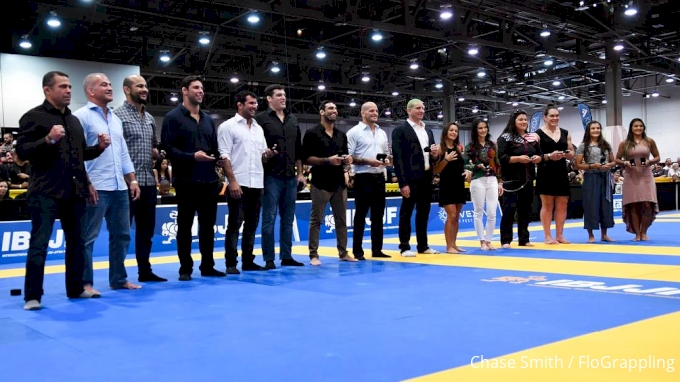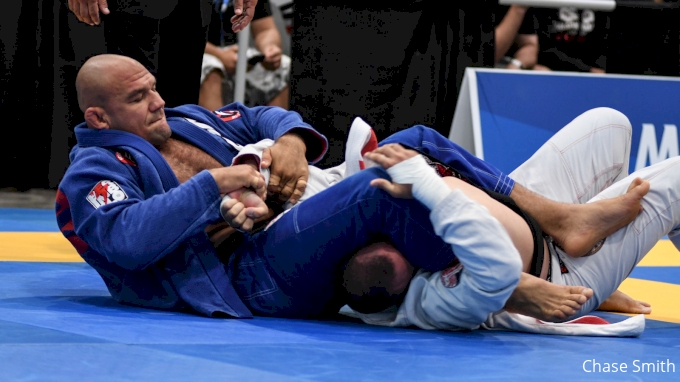5 Things We Learned From 2018 IBJJF Masters Worlds
5 Things We Learned From 2018 IBJJF Masters Worlds
The 2018 IBJJF World Master Jiu-Jitsu Championship has come and gone, and now the dust has settled it’s time to reflect.

The 2018 IBJJF World Master Jiu-Jitsu Championship has come and gone, and now the dust has settled it’s time to reflect on an intense four days of grappling action.

Rafael "Formiga" Barbosa
1. Masters Worlds is really, really tough
Forget the “Master” and focus on the “World” in the title. This championship is no joke. People come from all over the planet to compete at this tournament, and they take it very, very seriously. The competitors will train for months on end– even all year long– with this event in mind.
First off, the divisions are HUGE. Black belt Master 1 and Master 2 middleweight both had a massive 59 entrants. Even at Master 3 (40 years of age and above) there were four divisions with over 40 competitors. That means a lot of matches to win gold.
At the black belt Master 1 there were elite level competitors such as Rafael “Formiga” Barbosa, Osvaldo “Queixinho”, Vitor Oliveira and DJ Jackson. At Master 2, Roberto ‘Cyborg’, Gustavo Campos, Josh Hinger and more signed up, making these some of the toughest Master divisions we’ve ever seen.
Beautiful passing by Andre “Maneco” Leite at @ibjjf Masters Worlds! pic.twitter.com/sRqczmP56j
— FloGrappling (@FloGrappling) August 24, 2018

2. It’s big– and it’s going to get bigger
With 21 mats running (and another 6 in a separate area for the Las Vegas Open, which runs concurrently) the World Master Jiu-Jitsu Championship is the biggest IBJJF tournament of the year. Along with the Brazilian Nationals, it’s one of the largest (if not the biggest) jiu-jitsu event in the world.
The continued success of the event, coupled with the continued international growth of jiu-jitsu, means that the IBJJF are considering scaling up for 2019. More news as to the exact plans as we learn of them.

The recipients of the absolute winner's rings
3. Legends are surprisingly down to earth
There were so many big names at Masters Worlds it was hard to keep track. Every few steps you’d bump into a current World champion like Buchecha or Leandro Lo. Holding court at seminars and booths were great figures such as Cobrinha, Leo Vieira, Saulo Ribeiro, Kyra Gracie and many more.
The ceremony which honored every black belt absolute World champ with special rings brought together great champions past and present, such as Amaury Bitetti and Mario Sperry (who even competed in the Masters 5 division, winning gold).
One thing I noticed again and again was the presence of retired MMA fighters. There were even UFC title challengers like Travis Lutter (who fought Anderson Silva in 2007) and Renato “Babalu” Sobral and Elvis Sinosic, who fought Chuck Liddell in 2006 and Tito Ortiz in 2001 respectively.
All of the above were more than happy to stop, talk to and take photos with the fans, of which there were many!

Light-featherweight Master 1 black belt champ Kristina Barlaan
4. There were more women registered than ever
After a few years of disappointingly low numbers, that all changed in 2018. The World Masters saw more competitors than ever, especially at black belt. There was a total of 58 women registered at black belt Master 1 and 2. Karen Antunes stole the show by winning gold just months after winning Pans and Worlds earlier this year. Don’t forget the new mother had her first baby just last year. Just incredible.
The story of Betty Broadhurst had a happy ending. A 61-year-old purple belt, she put out a national call to try and find an opponent with the likes of Gordon Ryan advocating on her behalf. Thankfully the call was answered and she managed to compete. Heartwarming.

Roberto "Cyborg" Abreu
5. The jiu-jitsu was old-school, and that’s not a bad thing
Don’t confuse “old school” for ineffective– quite the opposite, in fact. There was a distinct absence of 50-50 guard and lapel trickery. Many joke about the difference between modern jiu-jitsu and the old school, but we really did see a lot of takedowns, guard passing and submissions from every angle.
The strategies were different due to the length of the matches, which were five or six minutes long depending on the age division. People tended to come out fast and score or submit early, probably due to the awareness that it’s tough keeping up an intense pace as you get older.
Click here to watch videos from the 2018 IBJJF World Masters